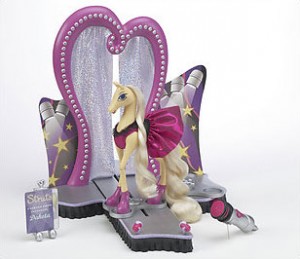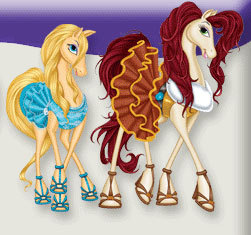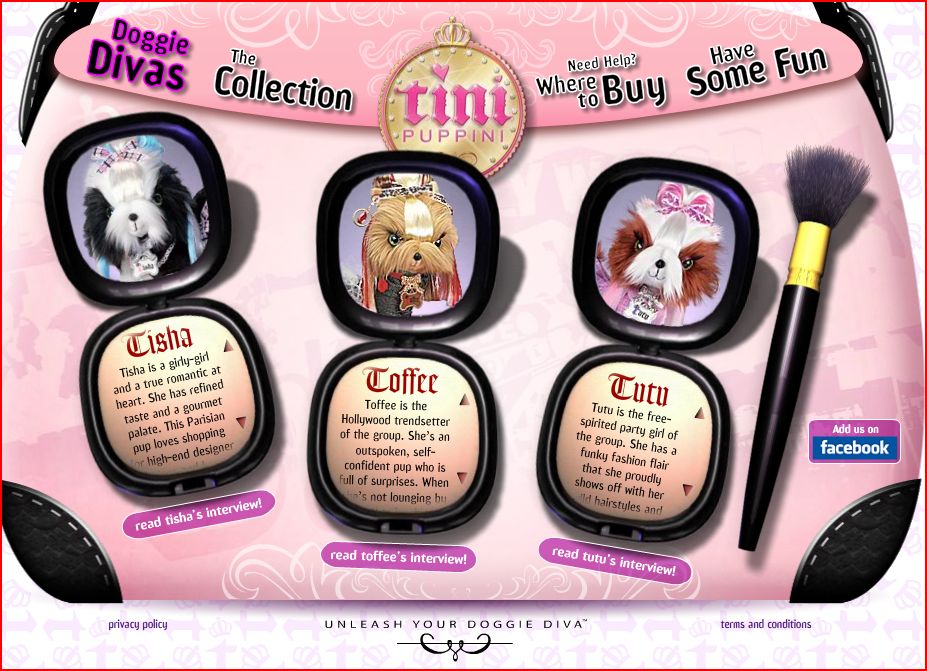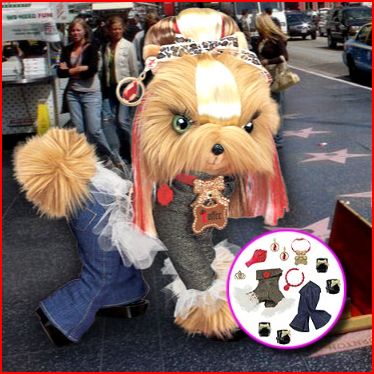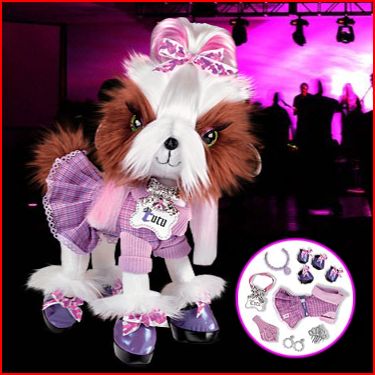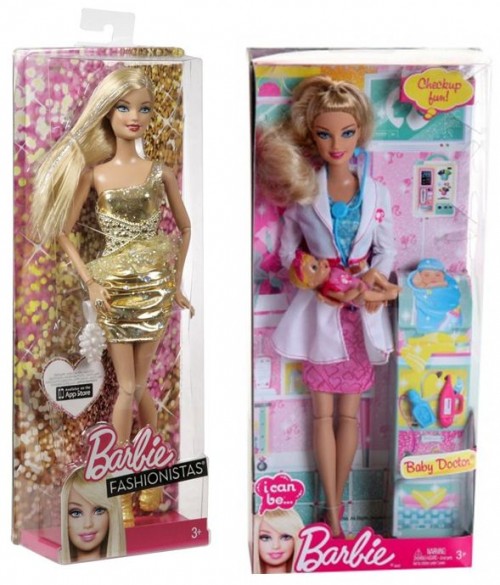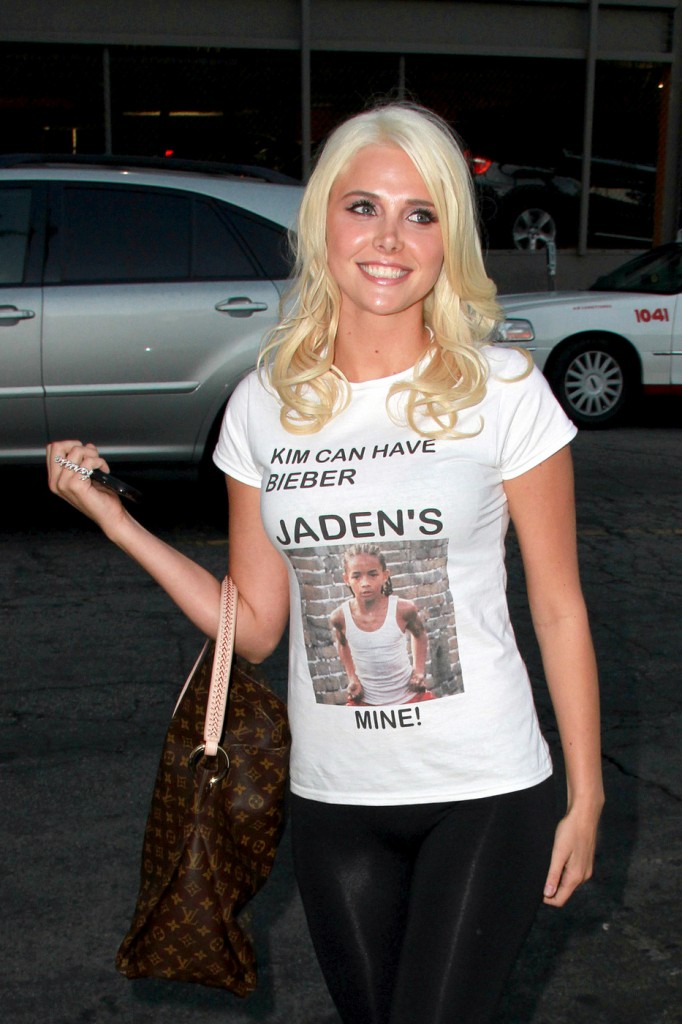 Alexandra O’Dell, a student at North Idaho College, does a great job of integrating data, interviews, and images in this 11-minute video about the sexualization of young girls in the media:
Alexandra O’Dell, a student at North Idaho College, does a great job of integrating data, interviews, and images in this 11-minute video about the sexualization of young girls in the media:
Lisa Wade, PhD is an Associate Professor at Tulane University. She is the author of American Hookup, a book about college sexual culture; a textbook about gender; and a forthcoming introductory text: Terrible Magnificent Sociology. You can follow her on Twitter and Instagram.



